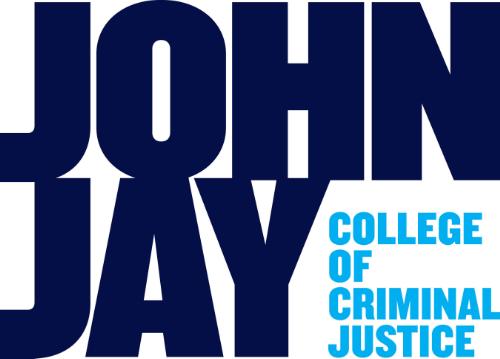
Date of Award
Spring 5-2022
Document Type
Thesis
Degree Name
Master of Science (MS)
Department/Program
Forensic Science
Language
English
First Advisor or Mentor
Marta Concheiro-Guisán
Second Reader
Gail Cooper
Third Advisor
Matthew Levitas
Abstract
Driving under the influence of drugs (DUID) cases have increased in recent years. According to NHTSA, drug use among fatally injured drivers who were tested for drugs rose from 25% in 2007 to 61.4% in 2020. Knowing what drugs are used by the drivers and developing new analytical tools to detect them are essential to prevent this type of cases. The goals of this study were two-fold: 1) To investigate the prevalence of drugs and drug combinations in New York City based on data provided by the Office Chief Medical Examiner (2018-2019); 2) To develop and validate an analytical method for the determination of 32 drugs and metabolites in oral fluid collected by Quantisal device, including the most prevalent drugs in the New York City region. The most prevalent substances detected in New York drivers in 2018 and 2019 were ethanol, cocaine, fentanyl and cannabis, being ethanol combined with other drugs the most common finding (50% cases in 2018, 52% in 2019). The developed method in oral fluid extracted one mL of oral fluid-Quantisal buffer mixture by solid phase extraction and the instrumental analysis was performed by LC-MS/MS. The linearity range was from the limit of quantitation of 0.5, 1, or 5 ng/mL, depending on the compound, to 200 ng/mL. All compounds had bias within ±20% and imprecision<20%. Most compounds had extraction and process efficiencies >50%. This method was applied to 14 authentic oral fluid samples as proof of concept.
Recommended Citation
Marschke, Kayla, "Driving Under the Influence of Drugs: Status in New York City and Development of New Analytical Tools" (2022). CUNY Academic Works.
https://academicworks.cuny.edu/jj_etds/233
